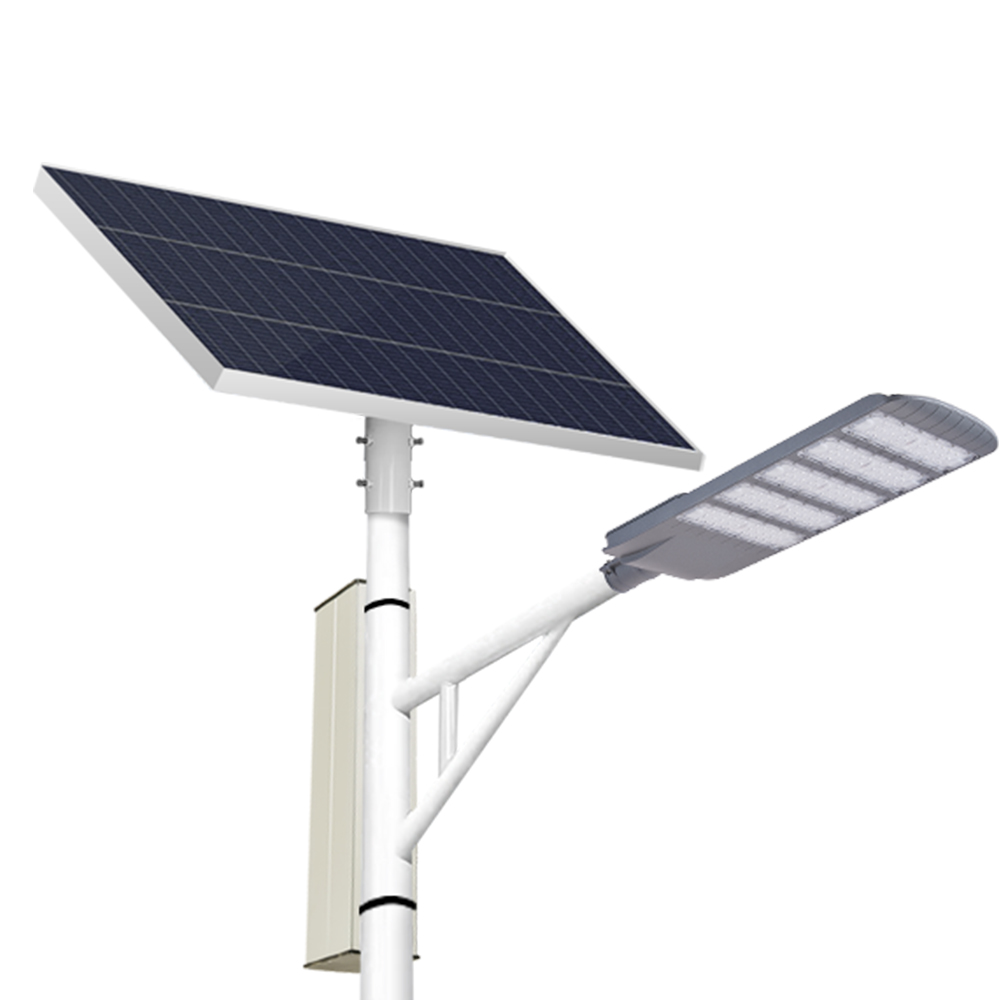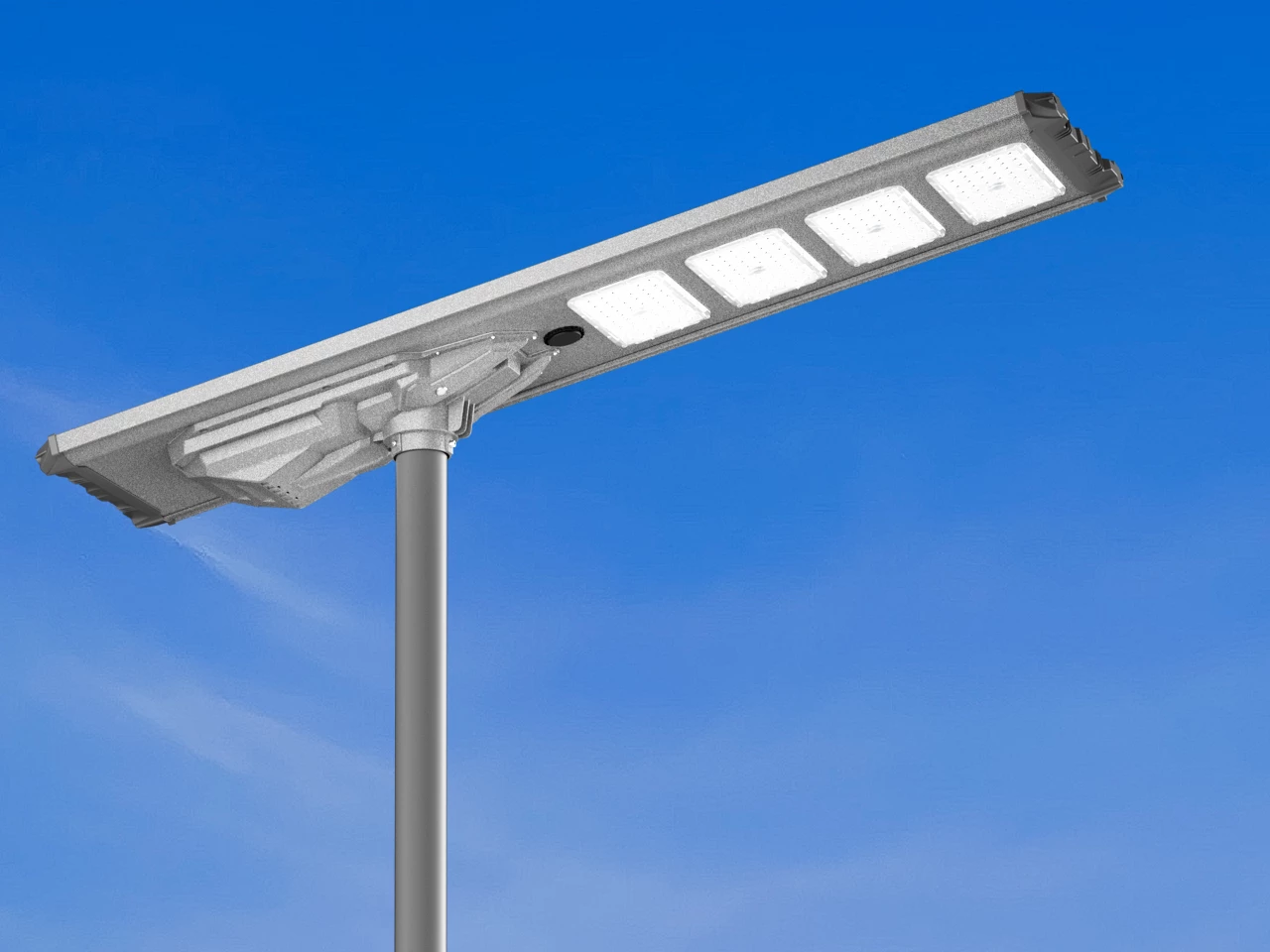Post-Installation Inspection Checklist for Solar Street Lights
Ensure optimal performance and safety of solar street lights with this comprehensive post-installation inspection checklist. Learn the steps to verify structural, electrical, and lighting components after installation.
Ensure your solar lighting system is safe, reliable, and fully functional.

Introduction
Post-installation inspection is a critical step in the solar street lighting project lifecycle. It ensures that all systems are installed correctly, function properly, and meet performance expectations. A thorough inspection helps prevent future issues, enhances longevity, and ensures client satisfaction.
Key Components of a Post-Installation Inspection
1. Visual and Physical Inspection
- Check if the pole is vertically aligned and stable.
- Ensure all bolts and fasteners are tightened.
- Inspect for corrosion, cracks, or surface damage on lights and panels.
- Check the foundation for any signs of tilting or weakness.
2. Solar Panel Evaluation
- Confirm correct direction and optimal tilt based on location.
- Ensure panels are clean, dust-free, and securely mounted.
- Inspect cable routing for exposure or damage.
3. Battery System Check
- Verify battery type and correct installation.
- Check insulation, waterproofing, and proper ventilation.
- Test battery voltage and charge/discharge controller function.
4. LED Light Fixture Operation
- Confirm brightness and light distribution at night.
- Test automatic sensor and timer functions.
- Ensure consistent illumination throughout the night.
5. Wiring and Electrical Safety
- Inspect all cable connections and junction boxes.
- Check for exposed wires or overheating signs.
- Test voltage using a multimeter and verify surge protection.
6. Environmental and Safety Compliance
- Ensure the lighting does not obstruct paths or signage.
- Check pole height and light intensity meet local regulations.
- Verify grounding system for lightning protection.
7. Documentation and Handover
- Take photos, record GPS location and technical specs.
- Document test results and provide reports to clients.
- Deliver warranty cards, manuals, and emergency contacts.
Inspection Checklist Summary Table
| Inspection Area | Key Checks | Status (✔/✘) |
|---|---|---|
| Pole & Mounting | Stability, alignment, foundation | |
| Solar Panel | Direction, tilt, cleanliness, mounting | |
| Battery System | Type, voltage, insulation, controller | |
| LED Fixture | Brightness, sensors, distribution | |
| Wiring & Safety | Connections, grounding, surge protection | |
| Compliance | Height, obstruction, regulations | |
| Documentation | Reports, GPS data, warranty handover |

Frequently Asked Questions (FAQ)
Q1: How soon should the post-installation inspection be done?
A: Ideally within 24 hours after installation, with a follow-up check within the first week.
Q2: What if the light does not turn on at night?
A: Check the battery charge level, controller settings, panel wiring, and possible obstructions.
Q3: Do I need professional equipment for the inspection?
A: Basic tools like a multimeter, level, and screwdrivers are enough. For large projects, professional testing tools are recommended.
Q4: Should clients receive an inspection report?
A: Yes, providing a report with photos and test results improves credibility and transparency.
Q5: Does Queneng Lighting offer inspection support?
A: Yes, Guangdong Queneng Lighting Technology Co., Ltd. offers post-installation quality support and technical assistance for all solar street lighting systems.

Have more questions about our products or services?
The latest hot news you might like

Discover how solar panels power street lights, exploring the technology behind solar energy conversion, storage systems, and how solar-powered street lights are revolutionizing urban and rural lighting solutions.

Learn how AC Solar Hybrid Street Lights work, their advantages, disadvantages, system behavior in low-sunlight conditions, and why hybrid technology is ideal for regions with unstable sunlight.

Municipalities around the world are increasingly adopting solar-powered streetlights as part of their urban development strategies. Rising energy costs, the need for sustainable infrastructure, and government green initiatives are driving cities to switch from traditional street lighting to advanced LED solar streetlights.
Queneng Lighting provides municipalities with cost-effective, energy-efficient, and durable solar lighting solutions, ensuring safe and sustainable public spaces.

In recent years, the purchase of solar streetlights for municipalities has become a growing trend across the globe. Local governments are under pressure to reduce public expenditure, promote green energy, and create safer communities. Solar streetlights provide a reliable, cost-effective, and sustainable solution that meets these needs. Queneng Lighting, as a leading solar street lighting manufacturer, has supported multiple municipal projects worldwide with customized and energy-efficient solutions.
FAQ
Battery and Analysis
What are the advantages and disadvantages of rechargeable batteries?
Ordinary secondary batteries have a high self-discharge rate, so they are suitable for high-current discharge applications such as digital cameras, toys, power tools, emergency lights, etc., but are not suitable for low-current long-term discharge applications such as remote controls, music doorbells, etc. Not suitable for long-term intermittent use such as flashlights.
Why is it necessary to keep the battery warm when shooting in winter?
Municipal and Public Infrastructure
Can solar streetlights be integrated with smart city solutions?
Yes, our solar streetlights can be integrated with IoT systems for smart monitoring, remote control, and data analytics, making them ideal for modern smart cities.
Sustainability
What factors should be considered when choosing an installation location?
Solar street lights should be installed in areas with abundant sunlight and minimal obstructions to ensure the photovoltaic panels receive maximum sunlight. Avoid locations close to trees or tall buildings that could cast shadows on the panels.
Transportation and Highways
Is there a monitoring system for real-time performance tracking?
Yes, our solar lighting systems are equipped with IoT-enabled controllers that allow remote monitoring and performance tracking via a cloud-based platform.
Schools and Educational Institutions
How long does the battery of solar lights last?
The battery typically lasts for 5-8 years depending on usage and environmental conditions.

Introducing the Luda Solar Street Light by Queneng: the ultimate in outdoor lighting. This durable, eco-friendly solar street light offers high efficiency and sustainability. Perfect for illuminating streets, pathways and public spaces, it harnesses solar power to reduce energy costs and environmental impact.
If you would like more information about Queneng solar lighting solutions, please send us a message by filling out the form below. Our professional team will get back to you within 24 hours!
Rest assured that your privacy is important to us, and all information provided will be handled with the utmost confidentiality.
Schedule a Meeting

Book a date and time that is convenient for you and conduct the session in advance.
Have more questions about our products or services?





















